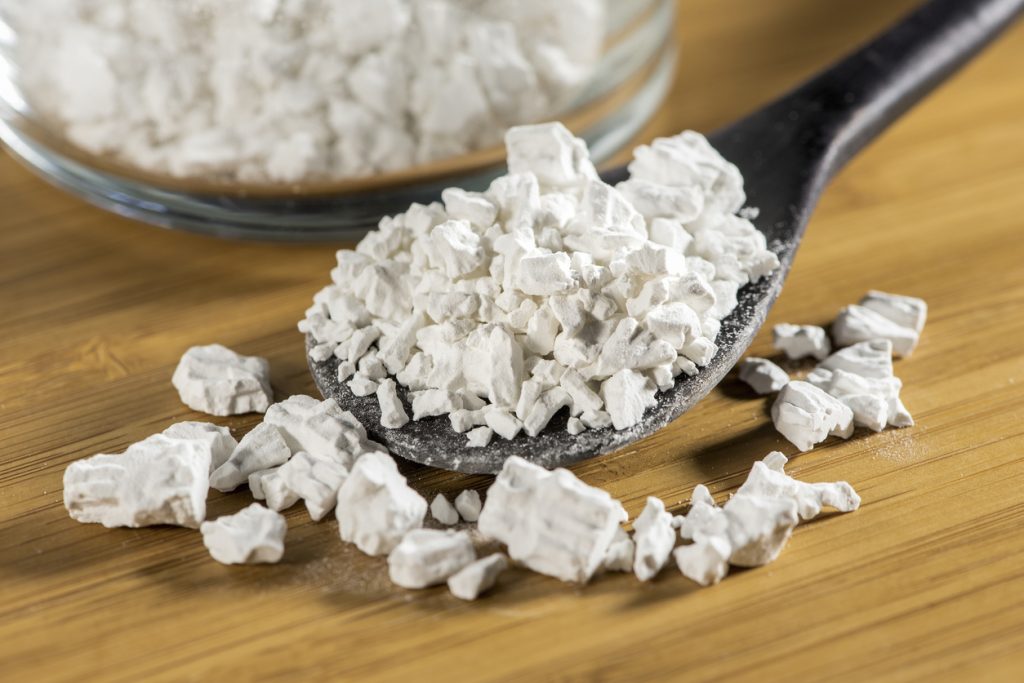Thomson Kudzuvine Root (Radix Puerariae)

What is Thomson Kudzuvine Root (Radix Puerariae)?
Thomson Kudzuvine Root (fen ge, 粉葛), also known as Radix Puerariae or Lobed Kudzuvine Root, refers to the dried root of Pueraria thomsonii Benth. This plant comes from the family Leguminosae.
In Traditional Chinese Medicine, Thomson Kudzuvine Root is often treated as the equivalent to Kudzuvine Root (ge gen, 葛根). While they are derived from different plants, they have very similar medicinal properties and usage.
In TCM, Kudzu Root belongs to the category of ‘Cool/Acrid herbs that release the Exterior’. This type of herbs help to treat the early stages of diseases that affect the upper respiratory tract, eyes, ears, nose, throat and skin. It is believed that External diseases such as colds and allergies can only invade the body when the External environment overwhelms our wei qi (immune system). Thomson Kudzuvine Root can help to counteract such invasion by dilating our capillary pores to induce sweating, expel the disease from our body and prevent it from further invasion.
Cool in nature, Thomson Kudzuvine Root tends to help individuals who have too much ‘Heat’ in their body, such as those with a Yang Excess or a Yin Deficiency. Pungent and sweet, this herb also promotes the circulation of qi and body fluids in our body, slows down acute reactions and detoxifies the body. It also has a tonic effect on our body as it replenishes qi and blood. In particular, Kudzu Root targets the Spleen and the stomach.
Functions and Benefits of Thomson Kudzuvine Root (Radix Puerariae)
Traditional Chinese Medicine (TCM) shows that Thomson Kudzuvine Root has the following health benefits.
Thomson Kudzuvine Root can dispel External Wind pathogens and clear Internal Heat induced by pathogen stagnation. This herb is thus often indicated for exterior syndromes and accumulated pathogens that have transformed in Fire to invade the internal organs. For example, the herb can help to relieve aversion to cold, nose dryness, pain in the eyes and slight thirst. Also, Thomson Kudzuvine Root can tackle measles that have just been contracted and yet to erupt.
Thomson Kudzuvine Root can promote the production of fluids. This herb is often prescribed for patients who are experiencing restless thirst, especially thirst that is caused by Warm diseases. Due to its ability in promoting fluid generation and tonifying the stomach, Thomson Kudzuvine Root is also used to promote clear qi of the Spleen and the stomach to ascend upwards. Example syndromes that Thomson Kudzuvine Root can address are diabetes caused by Yin Deficiency and diarrhea caused by Spleen Deficiency.
In addition, Thomson Kudzuvine Root can reduce stiffness and pain caused by the stagnation of External pathogens, dysfunction of meridian qi and the malnutrition of muscles and meridians. For example, the herb can relieve muscle tension, especially tension in the neck and shoulders, which is an important health risk that youths face today.
Modern studies have discovered that Thomson Kudzuvine Root is rich in antioxidants, which means that this herb may be able to help treat Liver damage, fight signs of ageing and prevent chronic diseases. Also, Thomson Kudzuvine Root may alleviate menopausal symptoms. As it contain phytoestrogens, plant compounds which have been found to act similarly to oestrogen in the human body, it may help to treat common menopausal complaints including hot flashes and night sweats.

How to Use Thomson Kudzuvine Root (Radix Puerariae)
Thomson Kudzuvine Root is available in lots of forms, such as capsules, liquid extracts, powdered drink mixes and tablets. You can find Thomson Kudzuvine Root supplements online and in a variety of natural food or supplement stores. Also, you can ingest it directly, or mix it with other foods and drinks.
Cautions and Side Effects of Thomson Kudzuvine Root (Radix Puerariae Thomsonii)
Thomson Kudzuvine Root should not be used by individuals who have Cold in the stomach, or are experiencing excessive sweating.
There is evidence that suggests that excessive consumption of Thomson Kudzuvine Root might cause Liver damage. Also, may interact with certain medications. Hence, if you are consuming any prescribed medicine, it is best to check with your medicine provider before consuming Thomson Kudzuvine Root.
Anecdotal sources also noted that Thomson Kudzuvine Root may lower blood sugar or slow down blood clotting. However, there is no available scientific evidence to back this claim up yet.
To make sure that Thomson Kudzuvine Root can improve your health instead of compromising it, we recommend you to speak with your healthcare provider before including Thomson Kudzuvine Root in your diet.
Summary
Here is a summary for Thomson Kudzuvine Root (Radix Puerariae Thomsonii):
- Herb name (Chinese): 粉葛
- Herb name (Pin Yin): fěn gě
- Herb name (English): Thomson Kudzuvine Root
- Herb name (Botanical): Radix Puerariae Thomsonii
- Origin of species: Pueraria thomsonii Benth.
- Part(s) of herb used: Tuber
- Geo-specific habitat(s): Guangdong, Guangxi, Sichuan, Yunnan
- Taste(s) & Properties: Sweet, pungent; Cool; Administrates the Spleen and Stomach Meridians
- Actions: Relieves mild symptoms of respiratory ailments, e.g. stiff neck, skin irritations, constant thirst, etc.; Ideal for individuals with hangovers
References
Qiu, Z. K., Zhong, D. S., He, J. L., Liu, X., Chen, J. S., & Nie, H. (2018). The anxiolytic-like effects of puerarin are associated with the changes of monoaminergic neurotransmitters and biosynthesis of allopregnanolone in the brain. Metabolic Brain Disease, 33(1), 167-175. [Accessed on 4th December 2022]
Qiu, Z. K., Zhang, G. H., Zhong, D. S., He, J. L., Liu, X., Chen, J. S., & Wei, D. N. (2017). Puerarin ameliorated the behavioral deficits induced by chronic stress in rats. Scientific Reports, 7(1), 1-13.[Accessed on 4th December 2022]
Wong, K. H., Li, G. Q., Li, K. M., Razmovski-Naumovski, V., & Chan, K. (2012). Chemical Profiling of Pueraria lobata and Pueraria thomsonii using Total Phenolic, Flavonoid, Carbohydrate and Antioxidant Assays. Planta Medica, 78(05), P_68.[Accessed on 4th December 2022]
Share this article on
